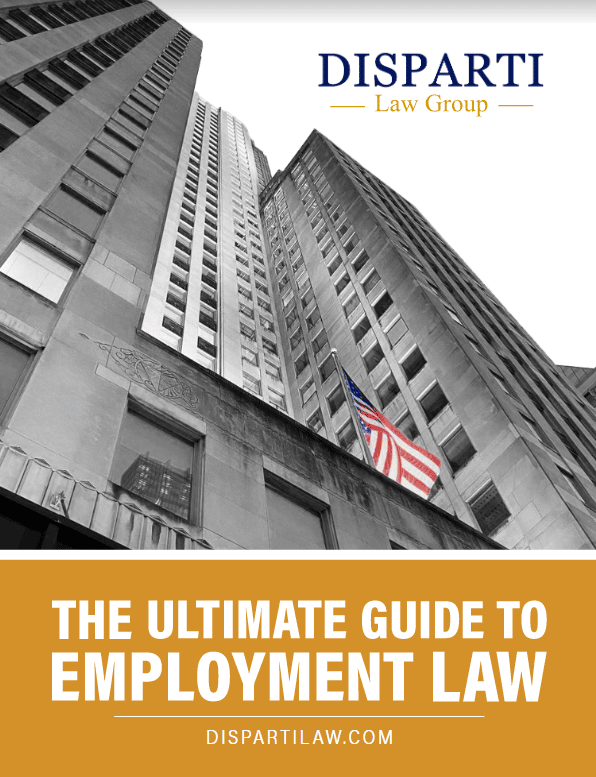 During pregnancy, the umbilical cord is the lifeline of the baby. This tube-like structure transports oxygen and nutrients to the fetus via the mother’s placenta as well as removes waste from fetal circulation.
During pregnancy, the umbilical cord is the lifeline of the baby. This tube-like structure transports oxygen and nutrients to the fetus via the mother’s placenta as well as removes waste from fetal circulation.
The umbilical begins to form at around the 4th week of pregnancy and typically measures around 1 inch in diameter and 20 inches long.
During delivery, the umbilical cord must be properly positioned or the baby may be at risk of complications or even death. One common birth injury is a compressed umbilical cord in which blood and oxygen flow to the baby is restricted.
Sometimes, this complication is unavoidable. However, the medical team is responsible for detecting the problem and effectively administering the proper treatment as soon as possible.
If the doctor or other health professional’s negligence caused or failed to prevent umbilical cord compression injuries, this may be medical malpractice and they should be held accountable. These injuries can span the entire life of the newborn, placing financial and emotional burdens on the family.
In This Article:
- What Causes a Compressed Umbilical Cord
- How Are Umbilical Cord Complications Diagnosed and Treatment?
- Common Compressed Umbilical Cord Birth Injuries
- Compressed Umbilical Cord Caused By Medical Negligence
- When to Contact a Birth Injury Lawyer
What Causes of a Compressed Umbilical Cord
Umbilical cord compressions are not uncommon and can be caused by any movement in the womb or during labor contractions. Three common complications can cause the umbilical cord to compress cutting off vital support for the baby. They include a nuchal cord, prolapsed cord, and knotted cord.
Nuchal Cord
About 10-29% of fetuses may have a nuchal cord, a condition in which the umbilical cord becomes wrapped around the baby’s neck. Umbilical cord compressions caused by a nuchal cord are often mild but serious compressions, though rare, can happen.
During delivery, a nuchal cord can cause long-term effects on the baby and even death if necessary precautions are not taken such as an emergency cesarean section (C-Section).
Prolapsed Cord
Knotted Cord
A knotted cord is just as it sounds — the umbilical cord becomes knotted either in the womb or during delivery. This condition can commonly occur when the cord is longer than usual.
Not all knots are guaranteed to cause complications. The knot can be loose enough for blood and oxygen to still reach the baby; however, when it is too tight it can cause serious issues.
How Are Umbilical Cord Complications Diagnosed and Treated?
When a mother chooses a doctor or medical team to deliver her baby, she trusts that they will carefully monitor the pregnancy and delivery to anticipate any complications. When an umbilical cord becomes compressed, medical professionals are expected to do everything possible to diagnose and treat the condition.
Diagnosis
Thanks to modern medicine and imaging several tools and methods are used to quickly and accurately diagnose a compressed umbilical cord. An ultrasound can detect the location of the umbilical cord including whether it has prolapsed (fallen out of the cervix). A fetal Doppler can monitor the fetus’ heartbeat which can help determine if blood and oxygen are being restricted.
Signs of umbilical cord compression include:
- Abnormal levels of amniotic fluid
- Unusual cramping or tightness in the stomach
- Delayed deceleration of heart rate following contractions
- Changes in the fetus’ heartbeat
- Swelling in the legs
- Intrauterine growth restriction (IUGR)
- Vaginal bleeding
- Increased or decreased fetal movement
- Enlarged vulva
- Premature rupture of membranes (PROM)
If your doctor missed any of these signs or failed to properly monitor your pregnancy or delivery for these signs, they may have been negligent in their work.
Treatment
Once diagnosed, the doctor must quickly and efficiently administer treatment for the baby, especially if there are signs that the baby is in distress.
Treatment for a compressed umbilical cord may include:
- Administering oxygen to the mother. In mild cases of a compressed umbilical cord, increasing the mother’s oxygen may be enough to restore the oxygen level of the fetus even through the compressed cord.
- Amnioinfusion. This involves inserting a saline solution into the mother’s uterus to release the pressure causing a compressed cord due to low levels of amniotic fluid.
- Stopping contractions. This may give the baby enough time to stabilize and recover before delivery. This is often done through medication.
- Repositioning the mother. To avoid more invasive intervention, careful monitoring and repositioning of the mother (i.e. lying down vs sitting upright) may help relieve pressure on a compressed umbilical cord.
- Fixing a prolapsed or nuchal cord. Depending on the position of the umbilical cord, the doctor may be able to manually fix a prolapsed or nuchal cord.
- Emergency cesarean section (C-Section). This is the most invasive treatment of a compressed umbilical cord but may be necessary to save the baby or prevent permanent damage.
If you believe your doctor undertreated or mistreated complications with your baby’s umbilical cord, know that you have rights for any injury this may have caused you or your child.
Common Compressed Umbilical Cord Birth Injuries
Without blood and oxygen flow, a fetus can suffer both short-term and long-term consequences and even death. Many injuries involving the compressed umbilical cord lead to some form of brain damage. Umbilical cord birth injuries may include:
- Cerebral palsy
- Behavioral disorders
- Developmental disabilities
- Hypoxic-ischemic encephalopathy (HIE)
- Fetal acidosis
- Cognitive disorders
Tragically, 19% of stillbirths are the result of a compressed umbilical cord.
Compressed Umbilical Cord Caused By Medical Negligence
Even with a swift diagnosis and proper treatment, compressed umbilical cord injuries may not be avoidable. However, if a doctor or medical professional delays a diagnosis or fails to properly or quickly treat these injuries, some form of negligence may be at play. In a medical malpractice claim, you would need to prove that a member of your medical team was negligent and your child’s injuries are the result of that.
Damages
Injuries caused by a compressed umbilical cord can last a lifetime which can place a family in significant financial hardship. Your doctor’s job was to keep your baby safe. If they failed to do so because of their negligence, they should be held accountable as well as the hospital they work for.
In a birth injury malpractice claim, you may be entitled to damages including:
- medical expenses
- rehabilitation costs
- future earning capacity
- home modifications
- lost wages
- disability
- pain and suffering
- assistive devices (i.e. wheelchairs)
When to Contact a Birth Injury Lawyer
If you have any suspicion that you and your baby were not treated with the utmost care and your child is now suffering birth injuries due to a compressed umbilical cord, it may be time to contact an attorney. A caring and experienced Chicago birth injury lawyer will be able to get to the bottom of what went wrong and reveal any sign of negligence.
Our skilled attorneys at Disparti Law Group Accident & Injury Lawyers know birth injury law in Illinois backward and forwards and would contact medical experts to support your case. You do not have to go it alone.
A compressed umbilical cord birth injury can be a lifelong struggle for you and your child. The last thing you should have to worry about is the financial consequences of your doctor’s mistake.
For a FREE case review, contact us today by calling (312) 600-6000 and find out why so many say… Larry wins!









